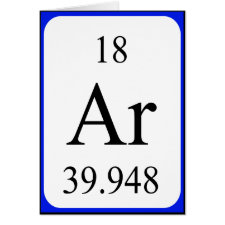
Authors: Awokoya KN, Moronkola BA, Chigome S, Ondigo DA, Tshentu Z, Torto N
Article Title: Molecularly imprinted electrospun nanofibers for adsorption of nickel-5,10,15,20-tetraphenylporphine (NTPP) in organic media.
Publication date: 2013
Journal: Journal of Polymer Research
Volume: 20
Issue: (6)
Page numbers: Art No 148 (9 pages).
DOI: 10.1007/s10965-013-0148-y
Alternative URL: https://www.researchgate.net/publication/257609175_Molecularly_imprinted_electrospun_nanofibers_for_adsorption_of_nickel-5101520-tetraphenylporphine_NTPP_in_organic_media
Abstract: An electrospun nanofiber containing a molecularly imprinted polymer (MIP) was fabricated by electrospinning and employed as a sorbent for the removal of nickel-5,10,15,20-tetraphenylporphine (NTPP) from organic media. Three different PET/PEI-based molecularly imprinted nanofibers (MIN) were prepared in order to evaluate the impact of the template on the affinity of recognition for NTPP. ICP-OES analysis showed that the NTPP adsorption capacity increased as the molar ratio of NTPP to styrene was increased from 1:1 to 3:1. The optimal ratio of template to functional monomer which yielded the best specific affinity and the highest recovery (99.9 %) was 3:1. The degree of adsorption of NTPP attained with the MIN was much higher than that achieved with the non-imprinted nanofiber (NIN). When the fiber masses were 10, 20, and 30 mg, 40.4, 60.2, and 99.9 %, respectively, of the NTPP was bound by the MIN without overloading the active sites. The corresponding values for the NIN were 12, 15, and 18 %, respectively. Furthermore, the MIN showed remarkable stability in relation to reusability, as it could be reused nine times without any loss in performance. The accuracy of the method was validated by analyzing the certified reference material (CRM) NIST SRM 1634c (Trace Metals in Residual Fuel Oil), and the concentration of NTPP in the CRM was found to be 17.64 mg/kg, which was within the error associated with the certified value of 17.54 mg/kg. The MIN was therefore found to be a selective sorbent that is well suited for handling trace metals in organic media
Template and target information: nickel-5,10,15,20-tetraphenylporphine, NTPP
Author keywords: Demetallation, Nickel-5,10,15,20-tetraphenylporphine, molecular imprinting, electrospinning, adsorption



Join the Society for Molecular Imprinting

New items RSS feed
Sign-up for e-mail updates:
Choose between receiving an occasional newsletter or more frequent e-mail alerts.
Click here to go to the sign-up page.
Is your name elemental or peptidic? Enter your name and find out by clicking either of the buttons below!
Other products you may like:
 MIPdatabase
MIPdatabase









